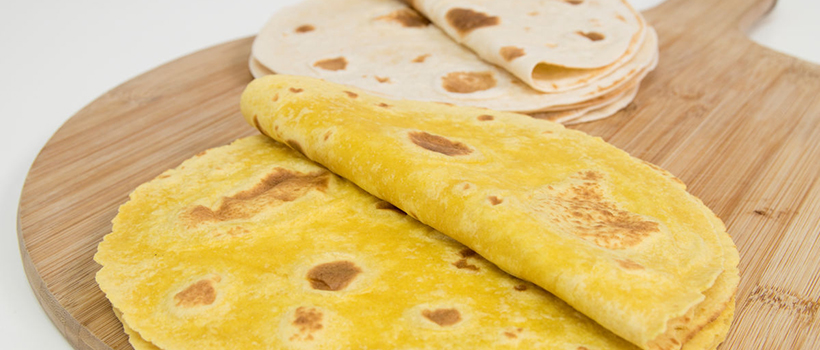
Reformulating with food ‘waste’ to double fibre content
6 December 2019 | Lucas Westphal, Bakery Scientist
On average, people in the UK do not eat enough fibre. A report produced by the Scientific Advisory Committee on Nutrition in 2015 suggested that adults should consume 30g of dietary fibre a day. Consumers who do not achieve this expose themselves to an increased risk of obesity, type 2 diabetes and colorectal cancers.
Consumers are becoming aware of these risks and this has increased the demand for high fibre products. Consequently, food and drink manufacturers are responding by reformulating their products with more fibre so that they qualify for fibre claims. But what approaches can they take to achieve this?
Increasing fibre
Two common methods manufacturers use to enhance the fibre in their products include incorporating:
- pure fibres – e.g. inulin, or
- whole ingredients naturally high in fibre – e.g. seeds or nuts
Alternatively, manufacturers can tap into food waste streams to incorporate highly fibrous ingredients into their products – with the added benefit of repurposing food so it doesn’t go to waste. As part of our research into calorie reduction and fibre enhancement, we successfully used food waste to double the fibre content of a tortilla.
Bakery scientist Lucas Westphal, who is leading the project, said:
We chose the tortilla for this project as its sales are continuing to rise significantly and therefore likely to have a real impact on people’s diets. The recipe we developed incorporated butternut squash peel to boost its fibre content. Consumers like familiarity, so producing a high fibre product that is similar to a well-known one holds potential as an effective route to increasing the public’s fibre intake. This tortilla will also reduce food waste and so will help resolve an issue that is of major concern for both consumers and the food industry.
Our bakery scientists redeveloped the traditional tortilla by replacing 20% of the ordinary flour with butternut squash skin powder, boosting the tortilla’s fibre by 97% (from 3.3g to 6.5g per 100g).
Additional benefit
Bakery technologist Leandra Molina Beato (pictured), who helped reformulate the tortilla, explained:
Incorporating our butternut powder changed the colour of the tortilla. Colour plays a critical role in determining the consumer’s acceptance of a product, and our reformulation created a golden yellow tortilla, a food colour that’s generally accepted as appealing. There are many factors to consider when incorporating dietary fibre into a product. An ingredient’s functionality can modify both the finished product in appearance, texture and taste, and the behaviour of the product during manufacture. Trialling different fibres in different products is the only way to determine the impact on functionality and consumer appeal.
Barfoots of Botley which specialises in semi-exotic produce, provided the butternut squash peels as part of their sustainability work. Keston Williams, technical director, added:
The peel is currently used in our anaerobic digester, which produces electricity to run our factory and provides fertiliser for our crops. However, if the peel can be used for innovative healthy products like this, then this is the best place for it.
Reformulation challenges
Wheat flour has many favourable qualities. For example, it forms gluten relatively quickly. The butternut squash skin powder was found to increase gluten formation time; longer mixing times would need to be factored in when taking a similar approach. Increased hardness and volume reduction were also found in a previous experiment with naan bread that had been reformulated with this powder.
Next, we will trial varying concentrations of commercial fibres in pizza bases, tomato sauces and in meatballs while assessing characteristics that may affect product quality and consumer acceptability. Find out more about the project.
How can we help you?
Whether you’re looking to determine whether a salt or sugar reduction in your product will turn consumers away or you’re seeking support with product innovation or reformulation to meet nutrition and health targets, contact us to find out how we can help.
How can we help you?
If you’d like to find out more about reformulating with food waste, contact our support team to find out how we can help.
Are you a Campden BRI member who attends the MIG meetings?
- If not, you’re missing out on a whole host of exclusive benefits such as learning from industry-leading experts and networking with peers to overcome your challenges.
The shorter version of this article was first published in Food Spark







